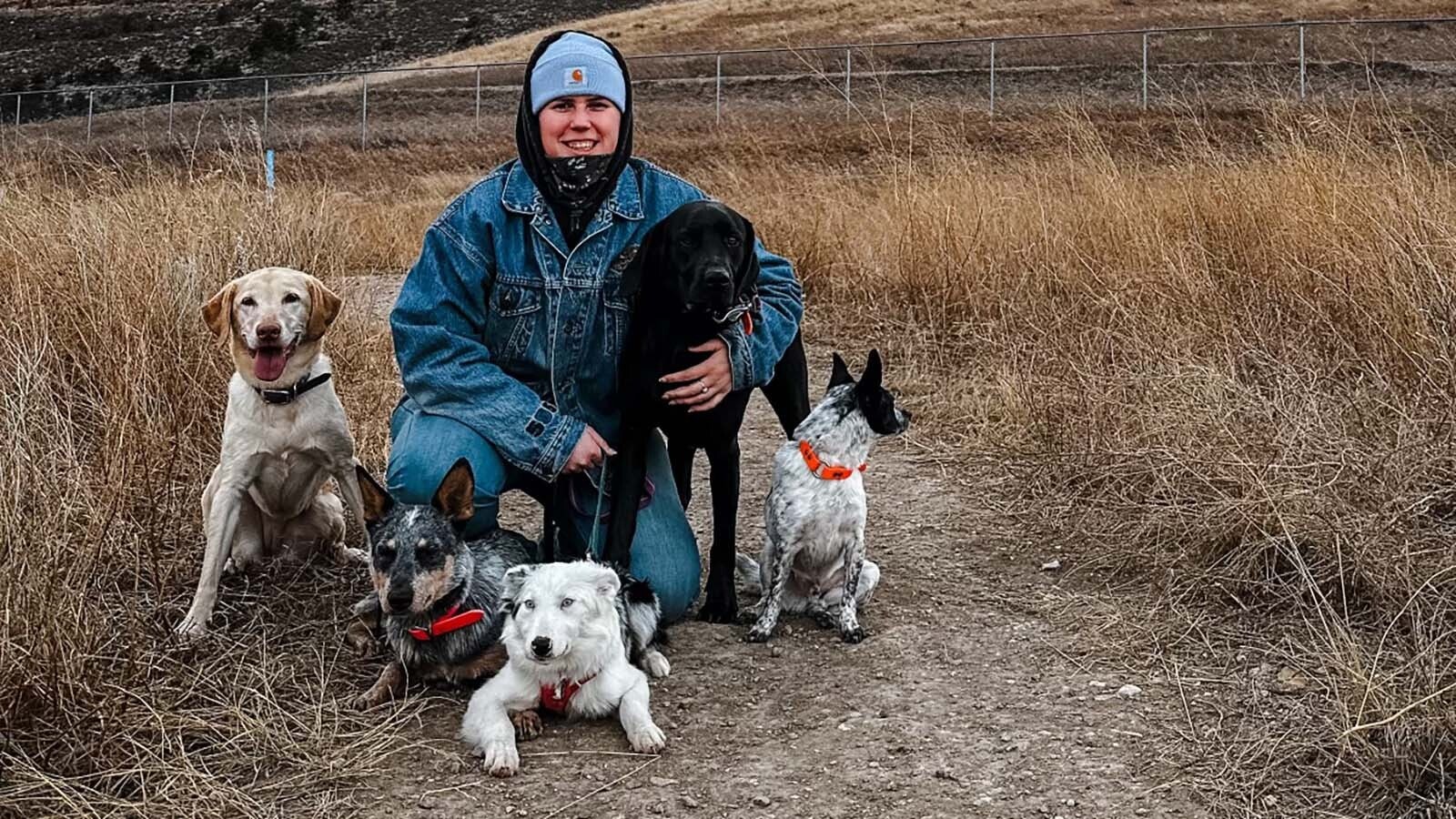It’s baseball season, and Mother Nature decided to celebrate by dropping baseball-sized hail across eastern Nebraska and western Iowa.
Severe thunderstorms swept across the region on Thursday night, pummeling communities with massive hail pellets. Hurricane-force winds and a few tornadoes touched down to exacerbate the severity of these storms, causing tremendous property damage.
Hail is one of the hazards of living in the Great Plains, but this week’s storms were severe even by those standards.
“We'll see large hail every year, but we haven't seen a significant hailstorm like this in a few years,” said Laurel McCoy, a lead meteorologist with the National Weather Service (NWS) Office in Omaha, Nebraska. “These storms are not as common, but not terribly rare. It’s the combination of the large hail with 80 mph winds that causes all the damage.”
Upward Movement
McCoy said the source of the hail, thunderstorms and hurricane-force winds stemmed from the same source.
The same weather conditions that led to a series of winter thunderstorms in southern Wyoming manifested differently in eastern Nebraska as a cold front from Canada descended on the Great Plains.
“We had some really strong winds, (bringing) moisture and warmer temperatures ahead of that cold front,” she said. “The combination of those conditions and the clashing temperatures caused the storms to develop.”
Moisture advection is the horizontal transport of water vapor by wind. This transport of moisture, combined with the influx of colder air, created several storms and the perfect conditions for hail formation.
Hail forms as moisture is sucked into the updraft of a storm and stays in the freezing zone of storm clouds long enough that water droplets start to freeze. The duration of their stay in the freezing zone determines how big the hail can get.
“Strong updrafts help to hold precipitation in the clouds rather than letting it fall,” McCoy said. “The longer those water droplets stay in the freezing zone, the more they collide with other droplets and get bigger until they get heavy enough to fall out. The stronger the updraft, the bigger the hail.”
There were reports of baseball- and softball-sized hail across eastern Nebraska on Thursday and Friday, which indicates the updraft was strong enough to retain moisture in the clouds until they reached tremendous sizes.
The upward movement of moisture is crucial to the formation of hail. There’s no transition between rain droplets and icy pellets of destruction.
“The way the precipitation droplets form determines whether it’s going to be rain, snow, or hail,” McCoy said. “Snow forms in and falls out of the clouds as snow, but when moisture is lifted into the freezing zone, it forms and falls as hail.”
Totaled
Josh Bottger, from Fremont, Nebraska, told KMTV that the hail started out as pea-sized then progressed to golf ball and ping pong-ball sized. The destruction was immediate, he said.
“It's totaled," Bottger said of his truck. "It broke out windows. Absolutely demolished."
The siding on his house was destroyed as well, he said.
One tornado, north of Omaha, was designated an EF3 with winds up to 140MPH.
That tornado, according to Nebraska Public Radio, damaged several homes.
It was one of six tornadoes reported on Friday night.
All Hail Wyoming
According to the National Severe Storms Laboratory, Nebraska, Colorado and Wyoming usually have the highest number of hailstorms in the United States every year. These states meet in an area known as “hail alley” and average seven to nine hail days per year.
Hailstorms aren’t uncommon in April. What made the storms in eastern Nebraska so destructive were the 80 mph winds, which increased the destructive force of the massive hail.
As seasons change, the clash of cold fronts and warmer temperatures creates the prime conditions for hail to form and fall across “hail alley.” McCoy said everyone on the Great Plains should anticipate the hazards ahead.
“Hail is more common in the spring and into the early summer months because of the deeper temperature gradients along these fronts,” she said. “During spring, cooler air high in the atmosphere comes in above the warmer air that’s near the surface. As we get further into the summer, cooler air isn't as cool anymore. The cold front rolls through, the freezing line lifts higher, and it's harder for those storms to get droplets into that freezing zone.”
Hail is a bigger problem for eastern Wyoming than the rest of the state. The worst hailstorms of the year tend to occur in Chugwater, Wheatland, and Torrington in early June.
“ The topography mixed with the higher elevation means they get terrible hail,” Gerry Claycomb, a meteorologist with the NWS Office in Cheyenne, told Cowboy State Daily in 2021. “Some of the worst hail reports I’ve seen in the state have come from there.”
Giant hail, on the scale of what fell over eastern Nebraska on Thursday, tends to stick further east. McCoy said it’s more common in the nation’s interior, with Wyoming right on the edge of the region where hail reaches its maximum sizes.
“Large hail is more common in the Great Plains region between the Dakotas and northern Texas,” she said. “The further you get from that cooler Canadian air, the harder it is to get giant hail, but it’s fairly common across the Great Plains.”
Wyoming sits right along the transition from the Great Plains to the Rocky Mountains, which means it’s within the realm of the largest hailstorms. The state’s topography also makes it one of the windiest places in the nation, which increases the potential damage from hail, regardless of the size.
In late June 2024, baseball-sized hail destroyed a solar farm near Scottsbluff, Nebraska. Winds gusts would have been between 100 and 150 mph for the hail to cause such extensive damage.
As summer approaches and cold fronts descend into the Great Plains, everyone in the central U.S. should anticipate more hailstorms. Wyomingites might not get the worst of it, but that doesn’t mean they’ll be spared.
“If you start to see hail falling, or even the dark cloud of a thunderstorm, seek shelter indoors, because you don’t want to get hit with anything it’s bringing,” McCoy said.
Contact Andrew Rossi at arossi@cowboystatedaily.com

Andrew Rossi can be reached at arossi@cowboystatedaily.com.





